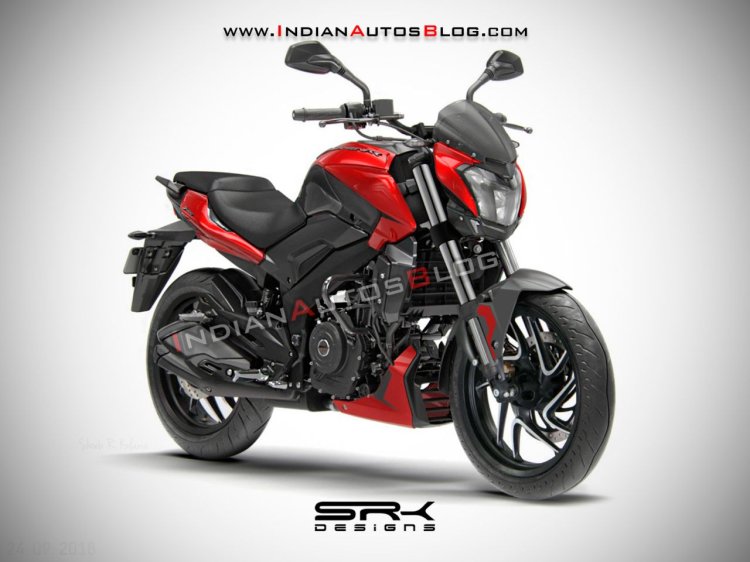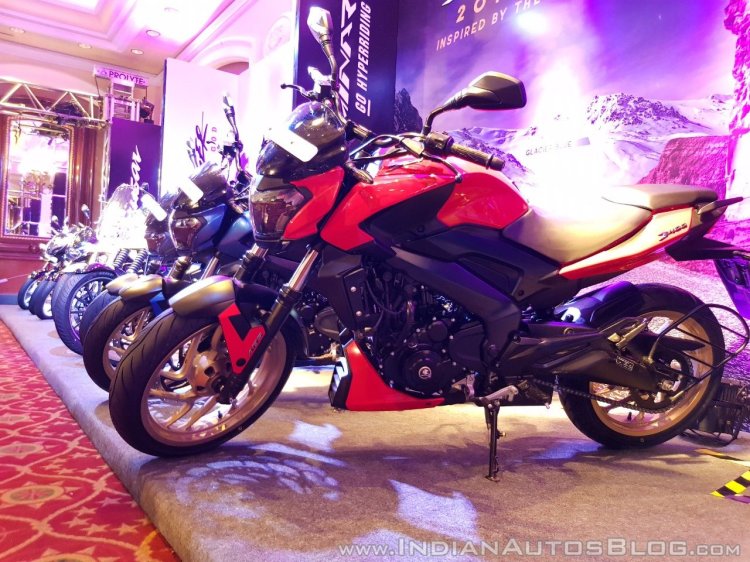What is assumed as the updated Bajaj Dominar 400 was spotted on more than one occasion in the past, revealing the new hardware that the power cruiser is about to receive. The motorcycle rendered by IAB’s automotive illustrator Shoeb Kalania imagines how the final product will look like.

Also read: New Bajaj Pulsar 150 ABS variant spied testing in India - Report
As in the spy images, the updated Bajaj Dominar 400 features upside down telescopic forks. However, unlike the silver coloured units in the spy photos, the Bajaj Dominar 400 is rendered with black front forks that complement the dual-tone paint of the motorcycle. The digital render also shows the new exhaust canister with a sharper design. Apart from the upside down front forks and the exhaust design, the motorcycle will feature a larger radiator and a slight revision in the dual tone paint finish – now featuring an added black finish on the fuel tank.
The motorcycle will continue to feature full LED headlight, LED blinkers and LED tail light. It will also retain its split instrument console.
Bajaj was at the forefront of BS-IV upgrade, meeting the deadline with months to spare, and the same is likely to happen with the upcoming BS-VI emission norms scheduled to come into effect from April 2020.
The 373cc single-cylinder, liquid-cooled engine on the current Dominar 400, with its BS-IV compliance, delivers 35 PS of maximum power and 35 Nm of peak torque. The current generation model features a six-speed gearbox with a slipper clutch, and the complete setup will most likely be carried forward on the updated Dominar 400.

Also read: Rajiv Bajaj confirms a new motorcycle brand for the 125cc segment - Report
The 2019 Bajaj Dominar 400 may not be too far away from dealers as Rajiv Bajaj, Managing Director of Bajaj Auto had confirmed in an interview this month that the company is "now going to market new Dominars." The updated Dominar 400 will most likely carry a premium over the current generation’s INR 148,043 (standard) and INR 162,074 (ABS) ex-showroom, Delhi price tag, with the former having about six months before it is terminated.






















